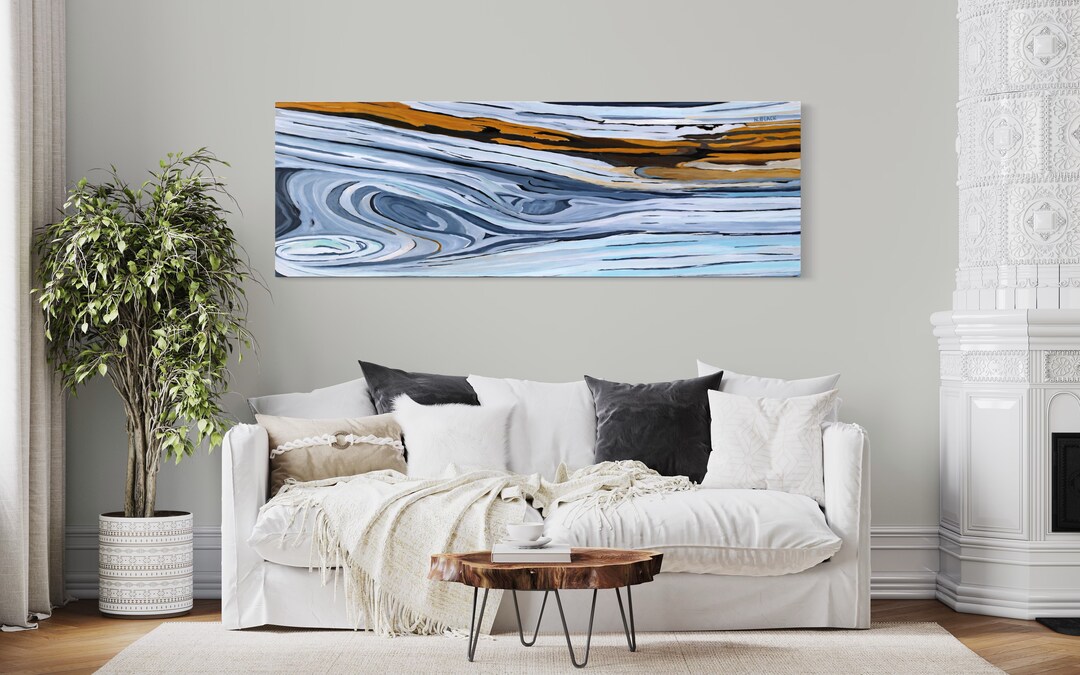Digital Art for Large Display: A Photographer's Guide
Understanding the Appeal of Digital Art for Large Display
For professional photographers, the allure of showcasing digital art for large display is undeniable. Large displays not only allow for a more immersive experience but also offer a grand canvas to express creativity. In the world of photography, where every image is a story, presenting these stories on a larger scale can amplify their impact. As you navigate through the intricacies of digital art suited for expansive displays, you'll discover the potential to captivate audiences in ways small frames simply can't achieve.
The digital era has revolutionized how art is created and displayed. With advancements in high-resolution printing and display technology, photographers can now transform their creations into stunning pieces of art that command attention. Whether it's a bustling cityscape or a serene landscape, the possibilities are endless when it comes to creating digital art for large display.

The Technical Aspects of Creating Large Display Art
Creating digital art for large displays involves more than just enlarging an image. It requires meticulous attention to detail and understanding the technicalities involved. From selecting the right resolution to choosing the appropriate printing materials, each decision impacts the final presentation. Higher resolution images ensure clarity and sharpness, even when viewed up close, making them ideal for large displays.
It's crucial for photographers to also consider the type of display or medium. Canvas prints, metal prints, and even digital screens each offer unique advantages and can influence the viewer's experience. Resources such as metal wall art and living room art provide insights into selecting the best medium for your art.
Choosing the Right Composition for Large Displays
The composition of your digital art is equally important. What looks good on a computer screen might not translate well to a larger format. When creating digital art for large displays, consider the elements that will draw the viewer's eye and how they interact with each other. Simplicity often works best, as intricate details can become overwhelming on a large scale.
Creating a focal point is essential. This could be a striking color, a prominent subject, or a pattern that guides the viewer's eye. For instance, a printing tips guide can provide valuable advice on how to enhance your images to make them stand out in large formats.
Integrating Digital Art into Interior Design
Integrating digital art into interior spaces requires a keen eye for design. It's not just about the art itself but how it complements and enhances the room. Professional photographers can collaborate with interior designers to ensure the art fits seamlessly within the space. The right piece can transform a room, adding depth and character.
When deciding on digital art for large display, consider the color scheme and theme of the room. Large pieces can serve as a centerpiece, drawing attention and setting the tone for the entire space. For inspiration, resources such as big wall decor reviews offer practical advice on integrating art into various settings.

Marketing and Selling Large Display Digital Art
For photographers looking to market and sell their work, large displays offer a unique selling proposition. They can be marketed as exclusive, eye-catching pieces suitable for both residential and commercial spaces. Showcasing your work in galleries, online platforms, and at art fairs can attract potential buyers interested in statement pieces.
Utilizing social media platforms to share images of your art in situ can also pique interest and drive sales. Visual platforms like Instagram and Pinterest are particularly effective for reaching an audience interested in interior design and art. Additionally, networking with interior designers and architects can open doors to new opportunities and collaborations.
FAQs
What is the best resolution for large display digital art?
The best resolution will depend on the size of the display, but generally, a resolution of 300 DPI is recommended for high-quality prints.
How do I choose the right medium for my digital art?
Consider the style of your art and the environment it will be displayed in. Canvas offers a classic look, while metal prints provide a modern, sleek appearance.
Can I create large display digital art from any photograph?
Not all photographs may be suitable for large displays. High-resolution images with good composition and clarity are ideal for enlarging and displaying on a large scale.
For more insights and creative ideas, explore our guides on DIY art ideas.

